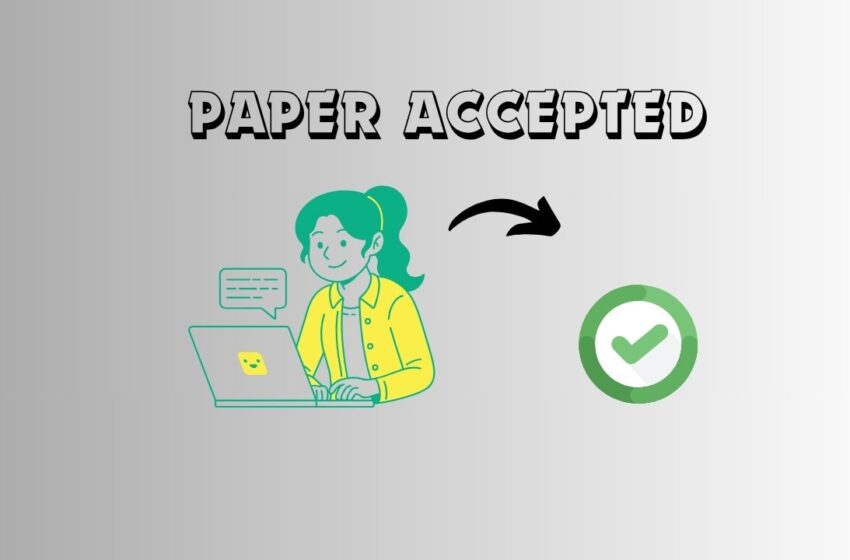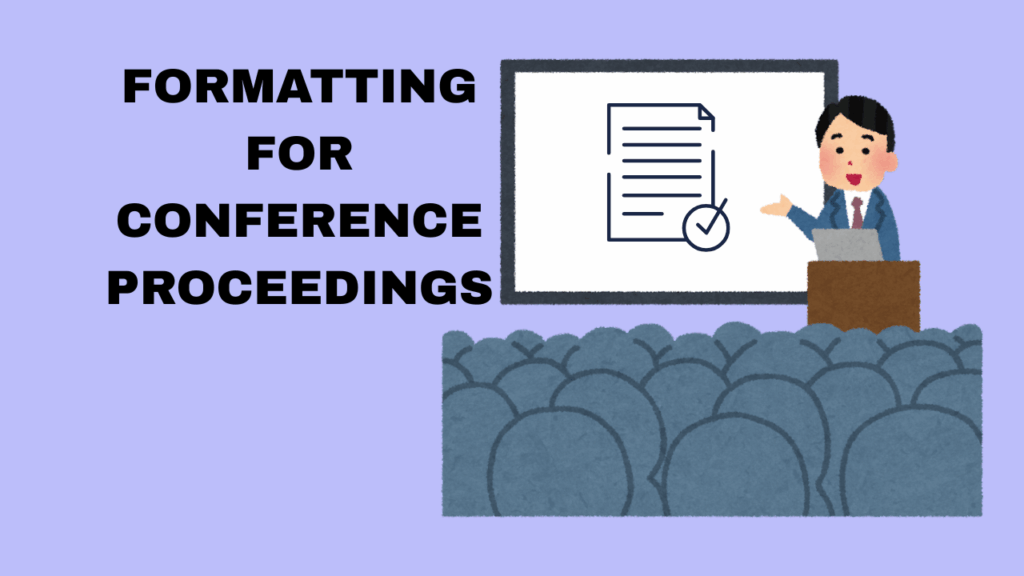How to Submit a Long Humanities Paper: Strategies for High Acceptance Rates

Any researcher in the field of Humanities will know the struggles of writing a long research paper. Be it selecting a topic, crafting a thesis statement, conducting in-depth research, writing the first draft, or formatting the paper—each task seems like a milestone!
If you are looking for some budget-friendly advice on writing a long Humanities research paper to ensure a high acceptance rate, you’ve come to the right place.
How to simplify the writing process
Strategies for high acceptance rate
How to Simplify the Writing Process
Drafting a long Humanities research paper can feel overwhelming due to poor planning of writing. Here are 4 tips on how the writing process can be simplified.
1. Prepare the layout of the initial draft.
Set sufficient time aside for yourself to finish preparing the layout of your paper in one stretch. Begin by answering three simple questions:
- What do I want to tell?
This helps you prepare the purpose and objectives of your research. Present your theory and identify the reasons for exploring it. - How do I justify what I’m telling?
Answering this question essentially covers your research and analysis of the proposed theory. Do not get into the details. List the main points that you intend to explain to the readers. - What is the outcome of my telling?
Your findings and results of evaluating your hypothesis should be explained to the readers. Again, avoid getting into the details and prepare a summary that can eventually become the content of the Discussion and Conclusion sections.
2. Target one section at a time; move on when stuck.
With the draft in place, you can begin writing your paper. However, do not try to cover everything in one go. Take one section at a time and write in as much detail as you can. If you feel stuck, add signposts or placeholders for reference and revisit them later.
3. Do not stop to correct all grammatical errors in the first writing attempt.
When you are writing in a Word document, it is natural to be distracted by the suggestions provided for improving language and presentation of sentences. While it may seem tempting to correct these mistakes then and there, it might affect your flow of thought and in turn impact your writing. You can check for spelling and grammar correction after the first draft is written.
4. Utilize AI tools for assistance; but do not let them replace your ideas.
The use of AI in research is no longer questionable. What matters is how you use it, not whether you use it. Writing assistant tools like Paperpal can be extremely helpful in breaking that writer’s block. The suggestions and ideas provided can form the basis for you to develop your paper. Moreover, it can help you paraphrase sentences or even shorten lengthy sentences, making the writing process quite smooth.
However, remember that AI tools are only there to assist you in the writing process and not to replace your critical thinking skills. Do not over rely on them during your research or the writing process and use them cautiously.
Strategies for High Acceptance Rate
Writing a research paper is only a part of the publication planning. Once your paper is ready, there are certain strategies that can help you improve the chances of it being accepted. Take a look at these factors that can influence the acceptance rate.
1. Journal selection.
This step is crucial for effective budgeting and to save valuable time. Start by clarifying your research goals and determining the target audience. Then, identify a list of journals that most align with your research’s scope.
You can look for low-cost journals or open access journals in the DOAJ. Take note of the publication fee, time to publishing, journal ranking, and other such features to make your decision.
Tip: Do not blindly go for a high impact factor journal or a journal with high acceptance rate, especially if the aims and scope of the journal do not align with your research. This is one of the key reasons for research paper rejection.
2. Avoid predatory journals.
Many authors fall prey to predatory publishers and journals in their haste to get their research published. Be on the lookout for specific red flags when you are shortlisting journals.
- Is there a proper peer review process in place?
- Is the journal indexed in credible databases like JCR, Scopus, and DOAJ?
- Is the publication fee too high and not justified?
- Are the members of the editorial board authentic?
Do a thorough research on all these aspects before shortlisting the journals of your choice. Talk to your peers, supervisors, and professors before making a final decision.
3. Formatting as per house-style.
Journals tend to be highly stringent when it comes to formatting papers. The formatting rules related to font type, line spacing, margins, font size, citations, and referencing must be followed to the T!
Now this may be quite challenging, especially when you are writing a long humanities research paper. Plus, focusing on intricate details of formatting can be extremely time-consuming, taking you away from other tasks that need more attention.
Therefore, it is preferable to outsource the formatting of research papers to professionals. This can not only save precious time for your research and student duties, but also ensure no mistakes are made in following the journal house-style formatting guidelines. Besides, a well-formatted paper is highly likely to be sent for peer review without requiring additional intervention from your end.
4. Include the complete submission package.
Always plan to complete the submission package with all the necessary details. This includes:
- A concise and engaging cover letter
- A coherent abstract (structured or unstructured)
- Relevant list of keywords for indexing purposes
- Figures and tables in the required format
- Statements of declaration (e.g., conflicts of interest, funding details, etc.)
Keep in mind that submitting a paper is more than just writing down your research findings. Read the journal’s instructions carefully to know their exact requirements of a complete submission package.
Final Thoughts
Writing and formatting of papers are the two most crucial—yet time-consuming—tasks in sharing your research with the world. Submitting long research papers need not be a hectic process if you plan it well. It only takes a strategic approach with the right utilization of tools and services to ensure a successful publication!
Give more time for your research, spend less time formatting! Check out Editage’s Manuscript Formatting Services and get professional support for journal formatting.











